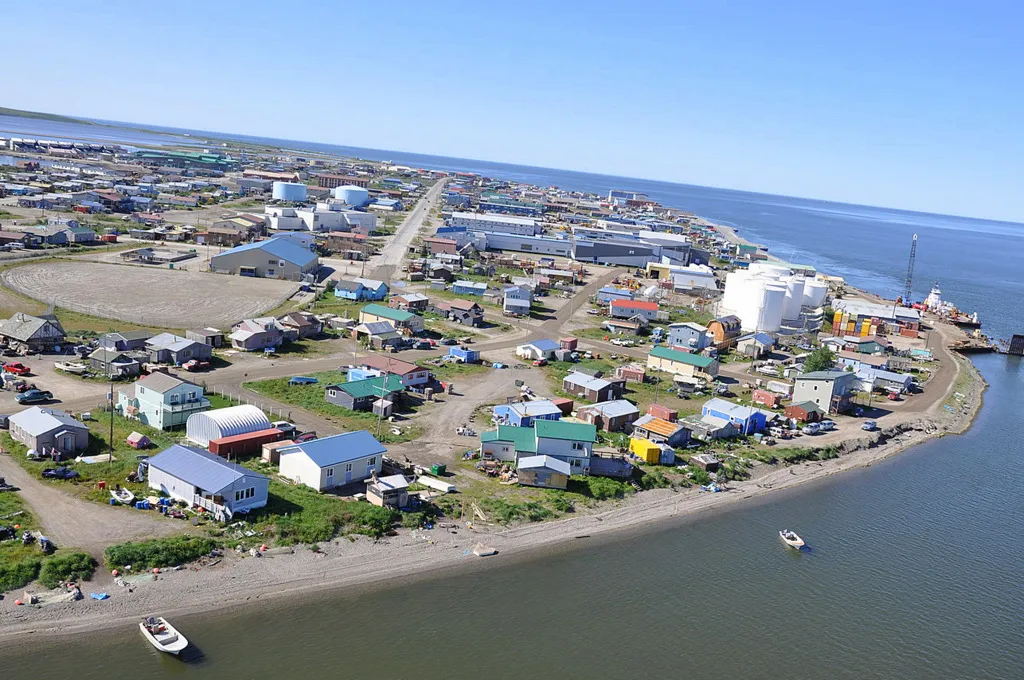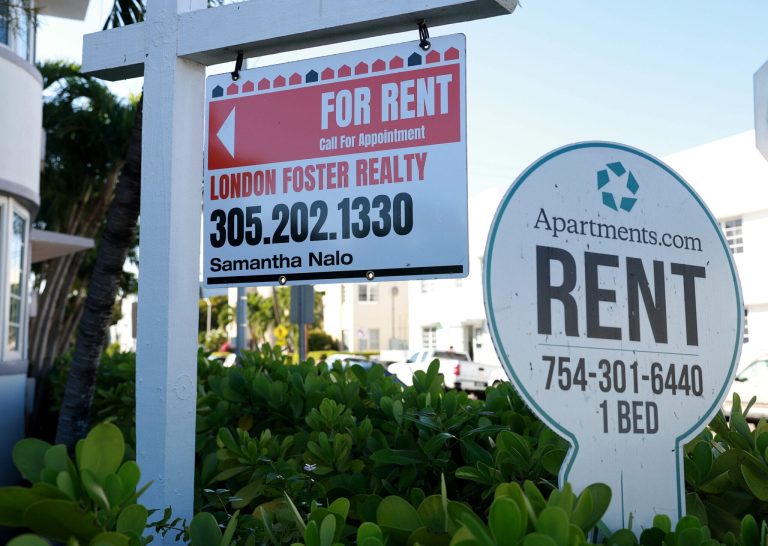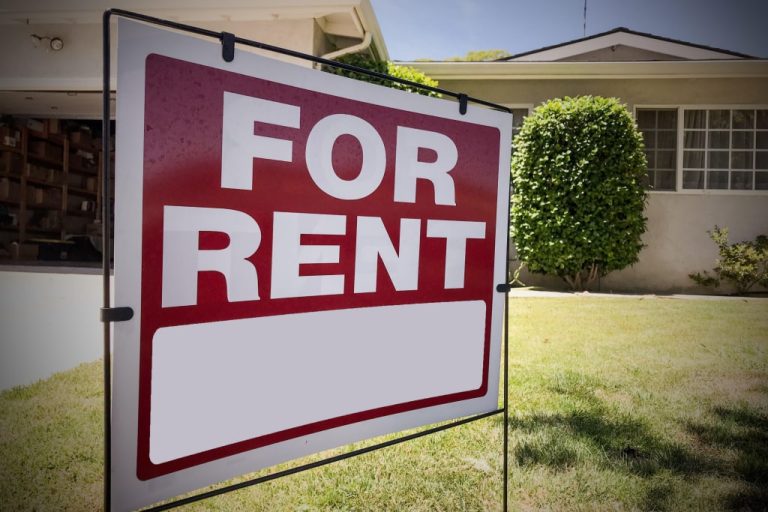Alaska enchants with its breathtaking natural landscapes, vast wilderness, and unique wildlife. Yet, beneath the allure, some Alaskan cities and towns hold challenges that can make them difficult places to settle down. This article delves into five such places, examining factors such as high crime rates, limited economic opportunities, extreme weather, isolation, and high living costs.
1. Kenai, Alaska
- Location: Kenai Peninsula
- Population: Approximately 7,800
Kenai, a picturesque coastal town known for its fishing and outdoor recreation, grapples with a significant property crime problem. According to FBI statistics, Kenai consistently ranks high in property crimes exceeding the state and national averages. This poses a real concern for residents’ safety and quality of life.
The town’s economy heavily depends on industries like fishing and tourism, which can be subject to fluctuations and seasonal variations. This can lead to instability in job security and income for residents. Additionally, while Kenai offers a small-town charm, its social scene may feel limited, with fewer entertainment options compared to larger Alaskan cities.
2. Anchorage, Alaska
- Location: Southcentral Alaska
- Population: Approximately 300,000
As Alaska’s largest city, Anchorage presents a mix of urban amenities and challenges. Unfortunately, it has higher violent and property crime rates than the national average. This can create feelings of unease and diminish the overall quality of life.
Anchorage also grapples with a high cost of living. Housing prices, groceries, and basic necessities come at a premium compared to many places in the Lower 48. Additionally, traffic congestion, especially during peak hours, can add significantly to daily commutes.
3. Bethel, Alaska
- Location: Southwestern Alaska
- Population: Approximately 6,800
Bethel’s remoteness and limited transportation options pose major challenges for residents. Situated on the Kuskokwim River Delta, Bethel is only accessible by plane or barge, making travel expensive and infrequent. This isolation can increase the cost of living and make it difficult to access essential services and amenities.
Weather conditions in Bethel are severe, featuring long, bitterly cold winters and short, cool summers. This extreme climate significantly impacts daily life and outdoor activities. Furthermore, Bethel faces various social issues, including substance abuse and poverty, which contribute to an overall sense of difficulty for residents.
4. Nome, Alaska
- Location: Western Alaska, on the Bering Sea
- Population: Approximately 3,800
Historic Nome struggles with harsh, unpredictable weather. From strong blizzards to frigid temperatures, residents must adapt to extreme conditions that test resilience. Moreover, economic opportunities in Nome are limited, and the town has experienced a decline in its once-thriving gold mining industry. This leaves residents with fewer employment choices, affecting the long-term sustainability of the community.
A major concern in Nome is the exceedingly high cost of living. With basic goods and supplies transported to the remote town, prices for essentials inflate significantly. This financial burden significantly impacts residents’ quality of life and financial well-being.
5. Utqiagvik (formerly Barrow), Alaska
- Location: The northernmost city in the United States, on the Arctic Ocean
- Population: Approximately 4,500
Utqiagvik’s extreme weather presents its most significant challenge. Residents experience months of continuous darkness during the polar winter, with temperatures plunging well below zero. This has both physical and psychological effects on residents. Additionally, Utqiagvik’s infrastructure is limited, meaning fewer amenities compared to cities further south.
Isolation is another crucial factor. Utqiagvik can only be accessed by plane, making travel and transportation of goods very expensive. This isolation significantly contributes to a high cost of living and limitations on the availability of fresh produce and other essentials.
Important Considerations
It’s important to remember that these “worst” places hold both challenges and unique appeals. Here are essential points to consider:
- Subjectivity: What qualifies as a “bad” place to live depends on individual priorities and preferences. A high cost of living might be less concerning for someone with a high income, while extreme weather might be a non-issue for an extreme outdoors enthusiast.
- Community strengths: Even towns with challenges possess strong communities and cultural richness. Many residents choose to stay because of strong ties to family, tradition, and Alaskan ways of life.
- Rural Alaskan life: Small-town and rural life in Alaska can be rewarding, with a simpler pace, closeness to nature, and strong community bonds. However, it’s important to be realistic about the hardships involved.
Sources
Reliable sources are crucial to understand these complex issues that contribute to these places facing hardships:
- FBI Uniform Crime Reporting (UCR) Program: Provides detailed crime statistics for cities and towns across the US ([invalid URL removed]).
- Alaska Department of Labor and Workforce Development: Offers data on economic trends, job markets, and cost of living indices (https://labor.alaska.gov/).
- [invalid URL removed]: Provides detailed information for various towns and cities, including demographics, crime rates, and cost of living (http://www.city-data.com/).
- Local News Sources: News websites and local newspapers offer a ground-level perspective on challenges and issues within specific Alaskan communities.
Conclusion
Alaska offers beauty and a unique way of life, but prospective residents must weigh the wonders against the challenges present in some locations. These five places highlight the importance of thorough research and understanding of individual needs when considering a move to Alaska. Understanding the crime rates, economic outlooks, weather, isolation, and cost of living are essential, allowing for more informed decisions about where to call home within the Last Frontier.



